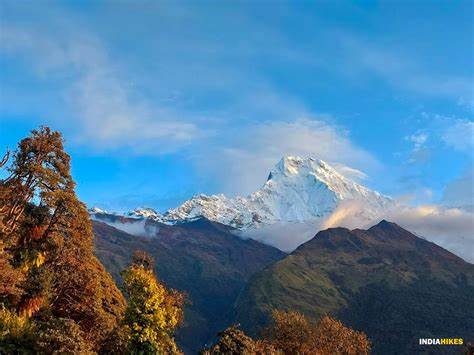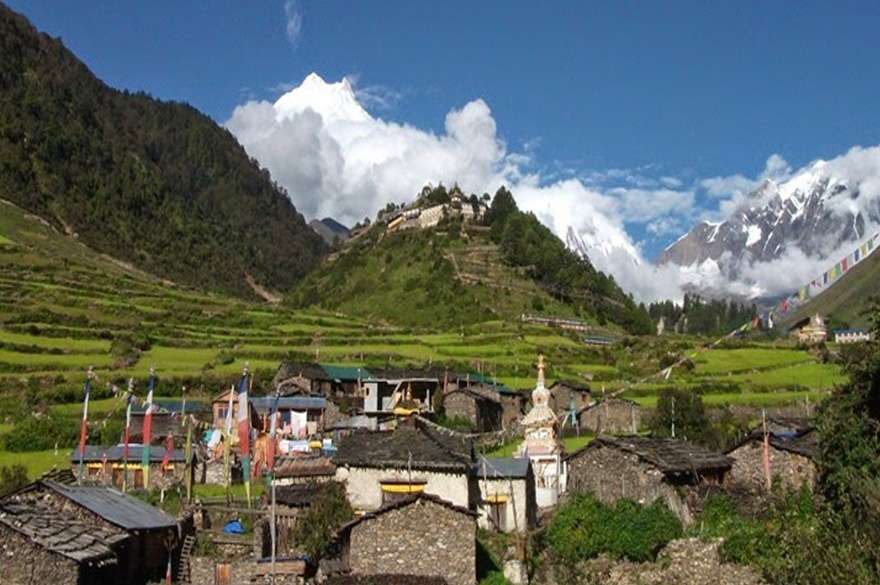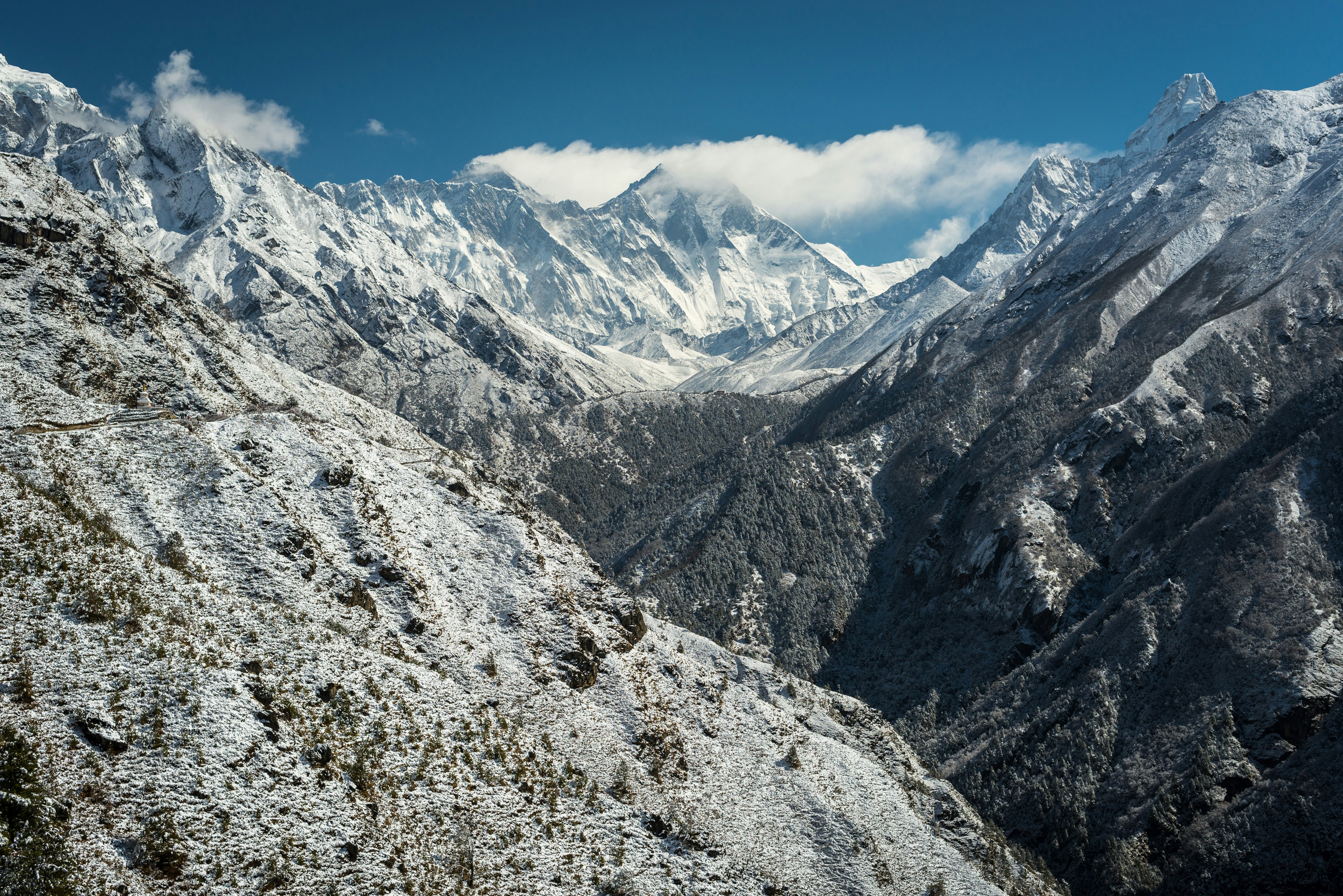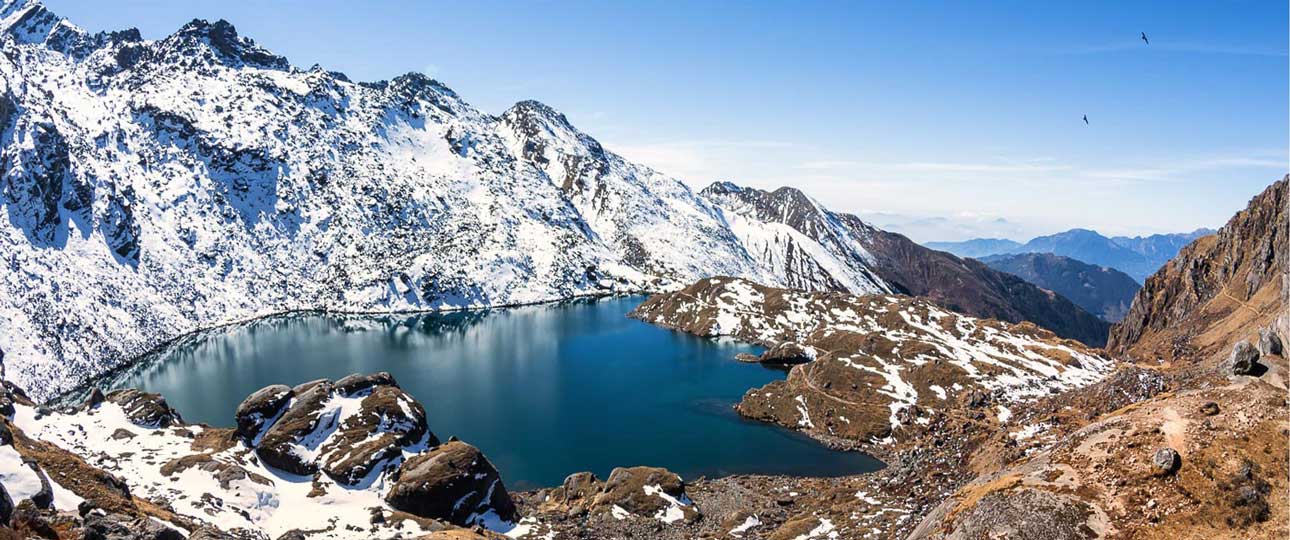Climbing Chulu East Peak Feels Like Earning Every View
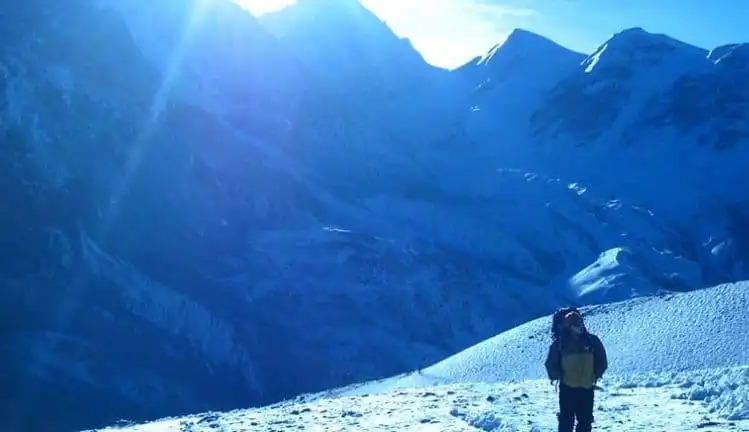
Strong 8k brings an ultra-HD IPTV experience to your living room and your pocket.
A demanding yet rewarding climb in the Annapurna region that challenges both your body and mind
Starting the Chulu East Peak Climb
Climbing Chulu East Peak begins like many classic treks in the Annapurna region, but it takes a sharper, more intense turn as you move higher. The name might not be as famous as some other peaks, but the experience is no less powerful. From the first day, the goal is clear: reach 6584 meters, and do it with full focus.
The journey usually starts from the lower Marsyangdi Valley. The early part of the trail goes through villages, forests, and farmland. You get time to adjust, learn about local life, and prepare mentally for what lies ahead. The gradual altitude gain is essential because the real climb begins once you leave the regular trekking routes behind.
Trekking Before the Climb
Before touching the ice and rope sections, you walk for days. The trail up to the Chulu Base Camp passes through Manang, a key stop where trekkers acclimatize before heading to Thorong La or climbing any peak in the area.
The air gets drier and thinner. Nights get colder. Days get quieter. You begin to feel the mountain’s presence in every direction. You carry fewer distractions, and more focus. Everything slows down, but your awareness grows.
At base camp, the preparation begins. The team checks gear, sets up the route, and trains for the technical sections. This is where the climb begins to feel real.
Climbing to High Camp and Beyond
From base camp to high camp, the climb gets steeper. You are now walking on snow, ice, and rocky ridges. You wear crampons. You use an ice axe. You clip into ropes. These are not optional here. The route is physically demanding, but the mental side is even tougher.
The high camp sits around 5300 meters. You sleep little and eat light. The cold bites harder, and your breathing feels heavier. But the team spirit keeps you going. Climbers share quiet nods, simple words, and careful preparation. You go to bed early because summit day starts long before sunrise.
The Summit Push
The summit push is the hardest part. You begin in the dark, headlamps on, gear tight. The wind feels sharp. Your steps are slow. One foot after another. The trail to the summit is steep and long. Some sections are exposed. Some are icy. You have to stay alert every second.
When the sun rises, you see the Annapurna range opening around you. It is not just a photo moment. It is a reward. You keep pushing until you finally reach the top. The summit of Chulu East gives views that stretch as far as your eyes can handle. You see Annapurna II, III, IV, Gangapurna, Tilicho Peak, and more.
There are no crowds here. No noise. Just the wind and your breath. You do not stay long. A few minutes, some photos, a silent moment. Then it is time to head down.
The Way Back Feels Lighter
After the summit, everything feels different. Your legs are tired, but your mind feels light. You have seen a side of yourself that only high mountains can reveal. The return journey retraces the path through the same villages, but you carry a quiet satisfaction now. You don’t need to say much.
You also carry a deeper respect for the mountains. Climbing Chulu East is not about chasing a record. It is about going slow, staying strong, and listening to the mountain’s rhythm.
What Makes Chulu East Peak Special
Climbing Chulu East Peak is not for beginners. It demands preparation, teamwork, and mental focus. But for those who take the challenge, the reward is unforgettable. Here’s why it stands out:
- A perfect peak for those seeking a mix of trekking and mountaineering
- Offers technical climbing practice including ice, snow, and rope skills
- Fewer climbers, more quiet moments with the mountain
- Unbeatable views of the Annapurna and Dhaulagiri ranges
- Teaches discipline, patience, and mountain ethics
Final Words
Chulu East Peak is not a mountain you conquer. It is a mountain you understand step by step. The climb changes your pace, your attitude, and your perspective. It is not just about getting to the top. It is about what you learn on the way there and how you carry it after you return.
Note: IndiBlogHub features both user-submitted and editorial content. We do not verify third-party contributions. Read our Disclaimer and Privacy Policyfor details.



